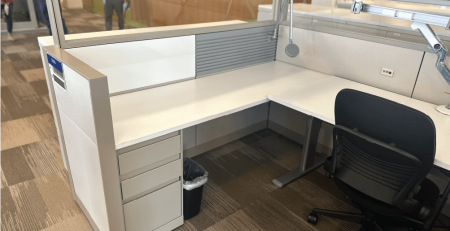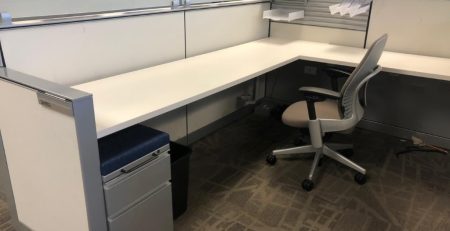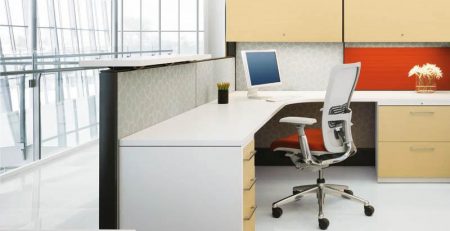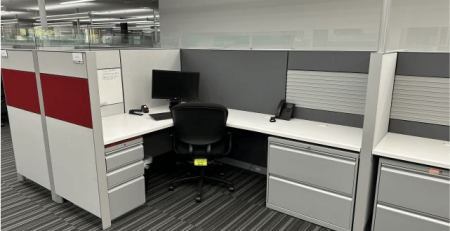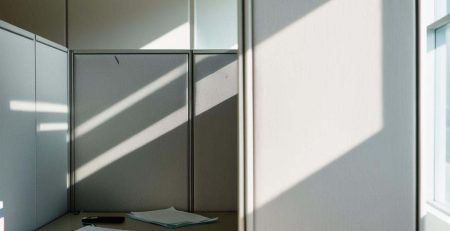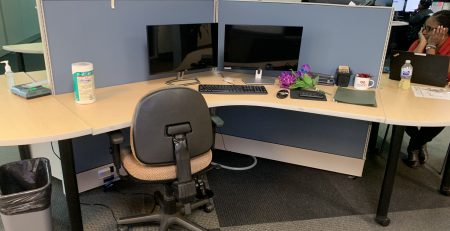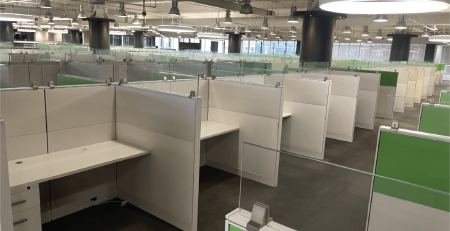Common Mistakes in Office Planning
A poorly designed office can negatively impact productivity and employee satisfaction, and can even damage the image of your company with clients and customers. To create a functional and effective workspace, it’s important to avoid common office design mistakes. Here are five mistakes to avoid when designing your office:
- Poor lighting: Uncomfortable lighting conditions can decrease focus and productivity, as employees try to work around discomfort and obstacles. Opt for natural light, or consider using corrective lighting to reduce eye strain caused by prolonged screen exposure.
- Poor flow or layout: An office should have separate zones for different functions, such as workstations, meeting rooms, and break lounges. Poor flow and layout can increase distractions and hinder productivity. Consider the different work styles and preferences of your employees, and arrange the office in a way that accommodates them.
- Lacking storage: Your office needs storage to maintain operations and be prepared for unexpected events. Supply closets, file cabinets, and other storage solutions help keep the office organized and free of clutter, which can increase productivity and safety.
- Unprofessional receptions: The reception area is the first impression visitors and partners have of your office. Make sure it’s comfortable and professional, with adequate seating, clean and organized surfaces, and appropriate signage.
- Lack of privacy: Employees may need privacy for certain tasks or to make phone calls, and open office designs can make it difficult to establish personal boundaries. Consider incorporating private spaces or noise-cancelling technology to help employees focus and work more efficiently.
To recognize bad office designs, pay attention to common complaints from employees, such as discomfort with lighting or noise levels, difficulty finding necessary supplies or documents, and difficulty navigating the office layout. To optimize your workspace, consider the needs and preferences of your employees, and strive for a balance between collaboration and personal space. By avoiding these common mistakes, you can create an office that supports your company, values, and employees.

